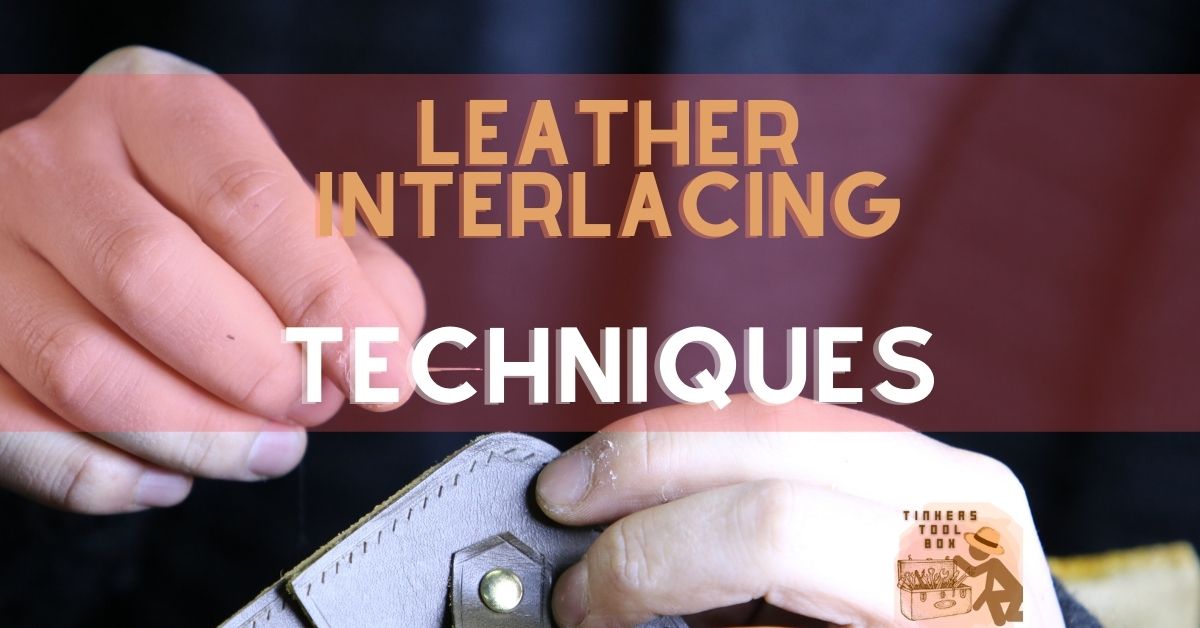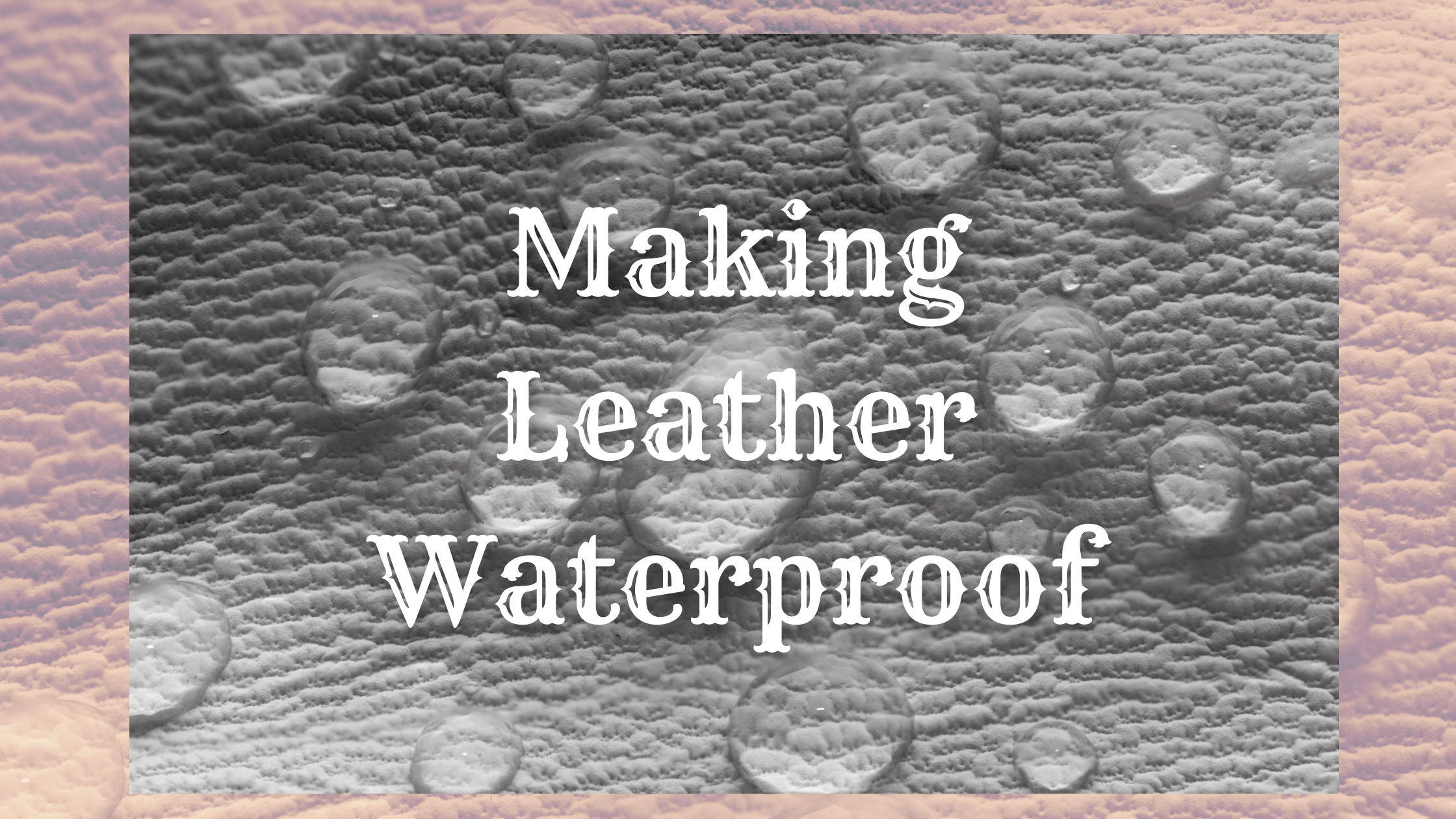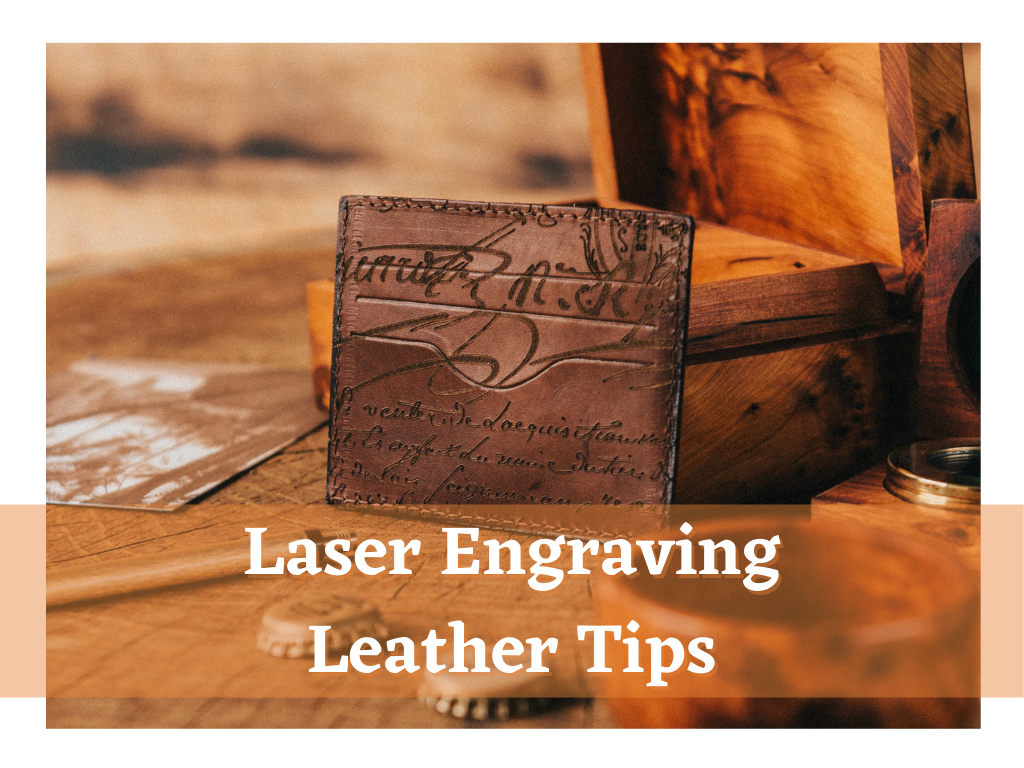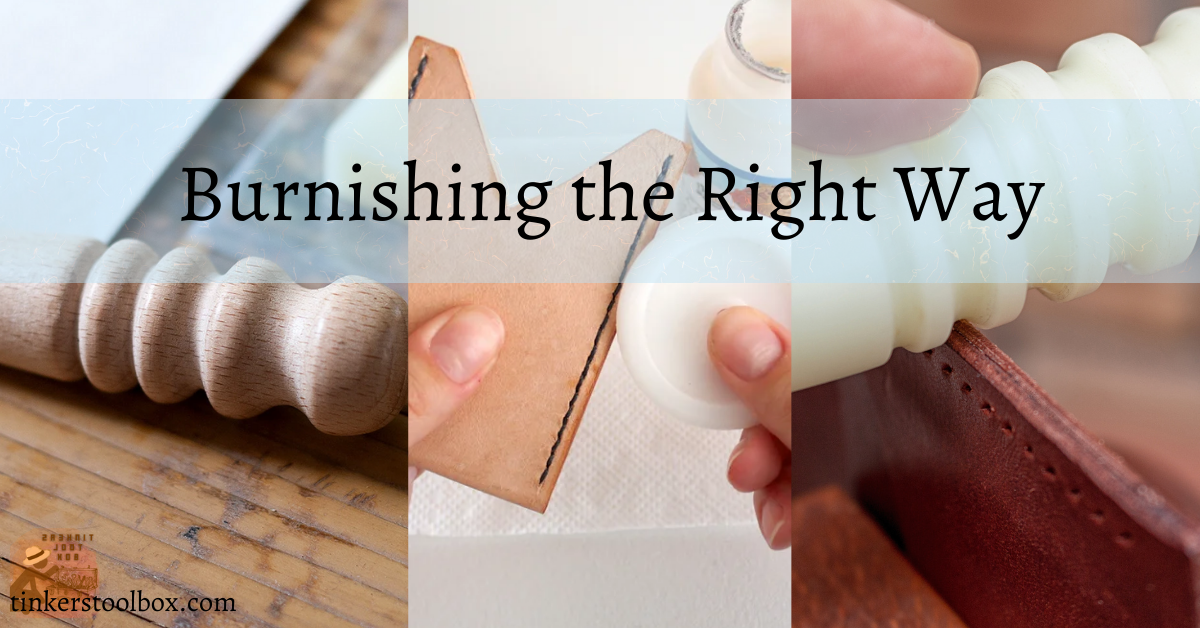I am now loving leather weaving even more and wanting to master it. Just like you, I am a leather worker here, too! To eventually master leather weaving itself, I always look for new techniques. Here’s a wrap of those I have gathered after fact-finding some leather weaving techniques a leather worker can use to weave leather!
What are the different leather weaving techniques? Machine weaving, handweaving, fake weaving by stamping, and alteration through leather slitting are the different leather weaving techniques a leather worker can utilize. With these, one can transform simple and dull leather into delicate woven leathercrafts
Woven leathers are definitely stylish and captivating. I know you are lacking ideas on how to weave leather in different ways. Glad you’re on the right blog! The aforementioned leather weaving techniques will be discussed one by one – what it is, its importance, and what you can accomplish by utilizing it. Continue scrolling and see what we’ve got for you!
Controllable Weaving by Hand
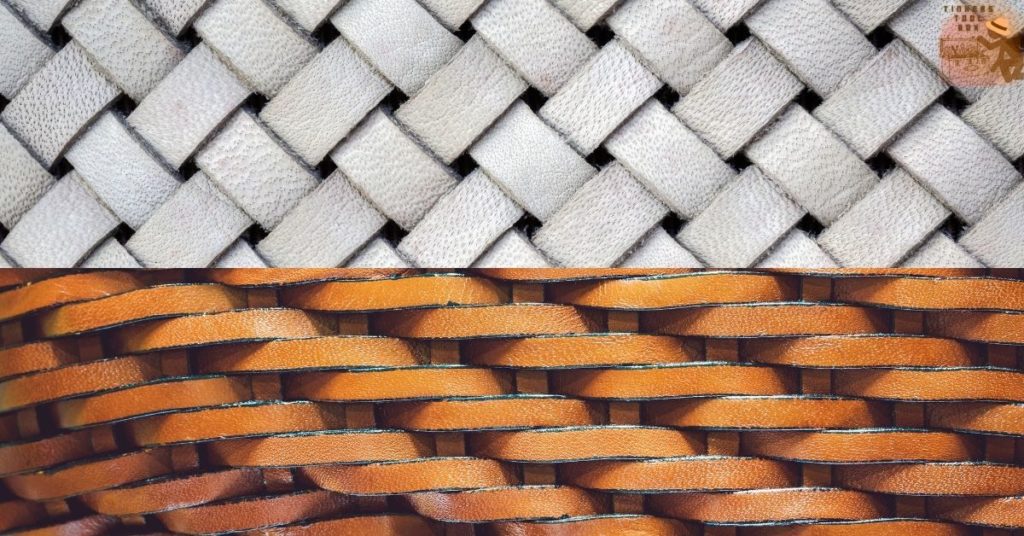
Handweaving is a common technique leatherworkers use in styling their dull leather that would result in having an attractive finish. This is referred to as the basic leather weaving technique every leatherworker knows, and it requires no special tool
Utilizing this technique in making your woven leather is a great deal. Well, weaves made by hand gives a delicate look to any product. Hand weaving provides a smooth surface. This technique gives importance to strength by allowing you to have control on each weave. It also provides a bias stretch, hence liable fabrics are produced. Handweaving is a starting point or foundation for all leatherworkers – aspiring, newbies and professionals.
Different Types of Weaves
In handweaving leather, weave types are significant. These weaves result in lovely patterns which will make your craft even more attractive. One can choose from these 5 weave types below.
Plain Weave
First on the list is the plain weave which is considered as the most economical, simplest and easiest of all. This is the quickest to carry out because of these simple steps – first, cutting of strips. Next, lay the strips down horizontally. Then, have one vertical strip looped over and under the horizontal strip.Note that in plain weaving, all we do is alternate looping of a vertical and a horizontal strip. This weave is flexible and is applicable to all leather projects.
Basket Weave

Another common type of weave that is best applicable to bags of different types – bucket, straw, sling, and hand carry. Also, this weave can greatly add beauty to baskets, wallets, and pouches. This weaving pattern is usually done by following these simple steps. Cut leather strips of the same lengths adapted to the desired size of the crafts. Start with five strips and line them up together. Take another strip and weave it over and under through five parallel strips overlapping the third horizontal strip. Add more strips to the right. The key here is to always go over and under with each strip.
Lastly, redo steps three to four until you reach your desired finished look.
Twill Weave

A type of weave which is characterized by its diagonal lines. In this weaving pattern, stripes are woven over – two – and – under – two. Well, it is simply done by passing the weft (horizontal strips) thread over two warp (vertical strips) threads then under two warp threads. Weave alternately the weft over the warp with an offset between rows to make the diagonal pattern. You can best utilize this pattern if you are weaving shoes, boots, sandals, bags, and purses.
Satin Weave
One more type of weave is this satin weave which is related to twill weave. The process goes the same as how the twill weave is done. But, unlike the twill weave, this type of weave does not have a diagonal effect. To satin-weave crafts, strips are passed over and underemphasizing regular spaced few interlacing. Four or more weft floating over a warp or vice versa. If you want to weave rugs, mats, and chairs, this type of weave is the best!
Braid

Last on the list is the braid. Braided leathers are seen everywhere. Crafts such as accessories like necklaces, earrings, and bracelets, and belts and straps are into this kind of weave.
In braiding leather, you can choose among these three (3) kinds of braid.
3-strand regular braid
This is the type of braid which is the usual one. If you know how to braid literally, this is not new to you. This is done by taking a strip outside, crossing over into the middle. You can also add fringes where fun decorations can be added. Basically, all you do when you want to incorporate fringes then proceed braiding is cut slashes to make parallel strips that are connected to one end and free on the other end (bottom). The fringe length depends on your preference.
3 strand trick braid
You should also try this braid out. This is way more fun and tricky than the usual braids just like the two preceding braids discussed. Here’s how to do it: First, pull the center strip to the right. Next, pull the right strip to the left. Then, pull the bottom right-hand corner,fold up. After, thread between two strands (bottom-right space). Now, pull the bottom right-hand corner,fold up and thread between two strands (bottom-left space). Next step is to untwist each strand, top to bottom. Lastly, redo and finish by wrapping thread
Time-Efficient Weaving Through Machines

Technology has touched various industries for the better including the leather weaving industry. As we live modernly, a lot of machinery has been made including leather weaving machines such as looms. This technique of weaving is widely used nowadays.
Importance of Machine Weaving
Making use of machinery when weaving is note-worthy. Through the use of machines, weaving leather comes to be easy and as well as the production. Also, because all machines are set the same to meet standards, consistency in quality can be achieved. One thing also is that through adopting machines in the weaving process, the need for human power and human effort is less.
Projects Where to Use this Weaving Technique
Weaving through machines could lead you to produce a wide variety of leather crafts including upholstery, straps, belts, purses, pouches, sandals, shoes, bags, chairs, rugs, mug holders, carpets, and pillows. Just like handweaving, machine weaving is applicable to almost everything.
Consistent and Easy: Fake Weaving by Stamping

Perfect for leather workers out there who don’t even want to spend time in real basic weaving yet want to style theirs! Wanting to achieve a woven leather view? In this technique, you can create the look, but not weave!
With the use of a leather stamping kit, a leatherworker could easily achieve the woven look. To start stamping, grab your stamping kit inclusive of various stamping tools you have. Also, get hold of your mallet. Now, mallet-hit your leather stamp. Redo until you achieve the look you never wanted then you’re done!
Importance of Fake Weaving by Stamping
Turns out to various designs
Through leather stamping, you can have various designs unto your leather. It solely depends on you on how or what you want to stamp. Numerous stamping tools are available. Some of which are Square Basket Weave, Diamond Basket Weave, Double Rope Basket Weave, Rope Basket Weave, Large Tri-Weave, and Axe Head Box Weave. All is done through stamping and is accomplished through mallet-hitting leather stamps. You can stamp as many according to preference.
Leaves 3-D Impression
Commend this technique as you can trick the eyes of people around you. With the use of the stamping, one can achieve the look and make everybody else believe that it underwent the real weaving process.
Consistent Pattern
One more importance of this technique is the consistency it offers to you. Patterns you man are consistent for you are not actually weaving or pulling the leather but rather putting design on the leather
Made to Last
Crafts are done without interlacing leather cut strips, so no need to worry about thinking of your craft unfastened after couple times of using
Expedient in Dust Collection
As compared to real weaving (use of hand or machine), dust is more visible on this pattern and allows the owner to easily wipe off lingering dusts on canals in between patterns
Projects Where the Technique can be Used
Bags, wallets, belts, holster, sheath, accessories (necklaces and earrings), baskets, rush, holders (mug, pot and pen) – these are the crafts where fake weaving through leather stamping can be best applied.
Increased Strength by Leather Slitting: An Alteration
An aesthetic weave that is easy to do and could make your leathercraft a more attractive one! This is where a leather knife comes handy.
Importance of Alteration by Leather Slitting
Having this weaving technique utilized when you wanted to produce woven-looked leather results in producing liable fabrics and the creation of beautiful imprints. Also, this technique will result in having two layers of leather which will make your craft stronger and durable which increases the strength of your craft
Sequential Process on How to do
To carry out this technique, first have 2 layers of leather with its edges stitched or glued. Next, lay the leather down grain side up. After, with the use of the knife, narrow cut your leather into your preferred design. To neatly create a cut, use a ruler and place it on top of your leather. Use the edge as a cutting line and just drag the knife along the cut line gently. When cutting, always know safety. Carefulness costs you nothing yet carelessness may cost you your life.
Projects Where the Technique can be Used
Leather splitting is best to be used when doing upholstery, bags, shoes and wallets.
Conclusion
Weaving leather comes in different techniques- real or fake. Above-named techniques are ideal in simple leather transformation! In addition, strength and durability are even made stronger and longer. Now that you already had an idea, it’s time for you to transmogrify dull leather into delicate woven leathercrafts!
